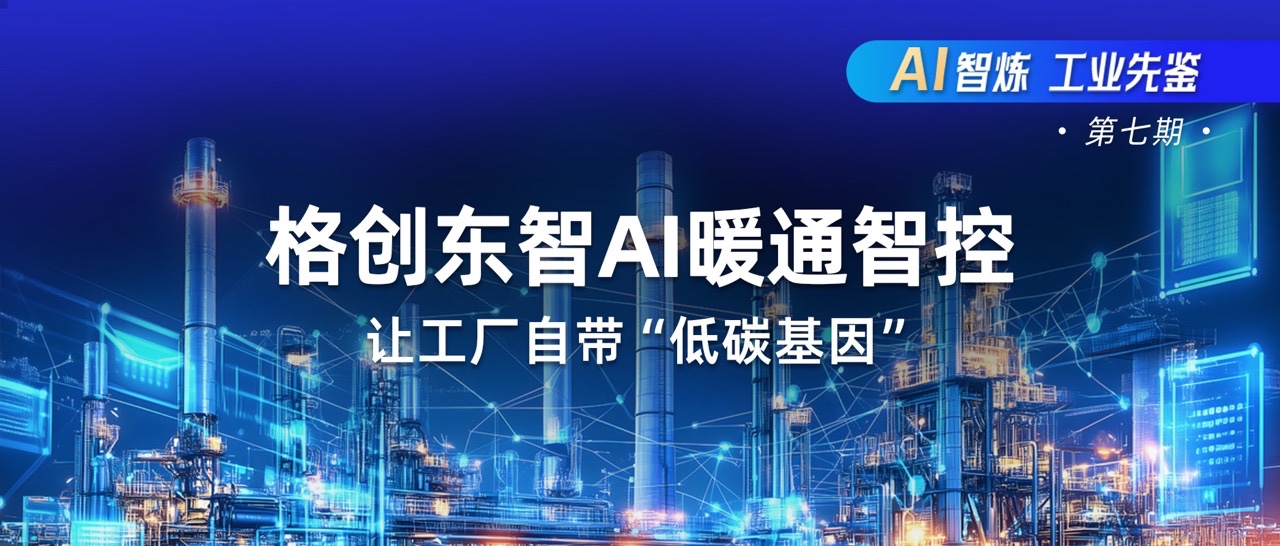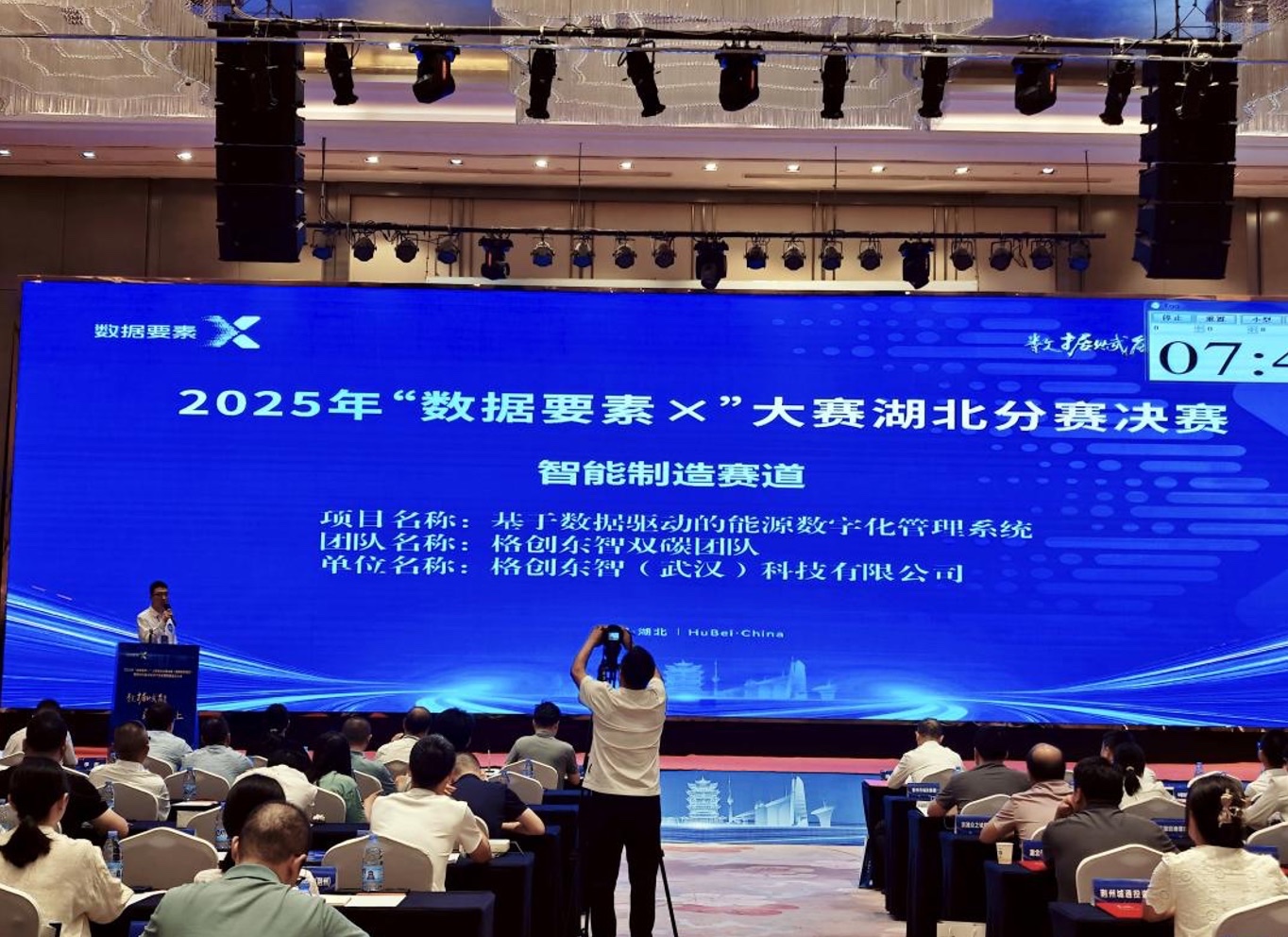Success Story|GETECH RTS System Achieves Minute-level Intelligent Scheduling Across All Processes, Driving High-Efficiency Production Line Coordination and Significant Cost Reduction

A leading domestic 12-inch silicon wafer manufacturer, with a monthly capacity exceeding 400,000 pieces, is a core material supplier for semiconductor products like integrated circuits, discrete devices, and sensors, holding a strategic position in the domestic semiconductor silicon wafer industry chain.

For industry leaders, capacity isn't the bottleneck; ultimate cycle time is. As the 12-inch wafer production lines continuously expand capacity and product structures diversify, this enterprise seeks a higher-dimensional leap from its leading position: how to utilize more efficient and intelligent scheduling methods on its existing production management foundation to further unleash production line potential, enhance overall operational resilience, and improve coordination.
Scheduling Efficiency Upgrade
Although its manual scheduling system already leads the industry average, facing demands for high-mix, low-volume premium orders, the 2-3 hours required for a single scheduling cycle still has room for optimization, and the flexibility for ad-hoc adjustments needs further improvement.
Deep Dive into Equipment Potential
As a benchmark for industry equipment utilization, it still aims for limit efficiency, hoping to push RUN rates from "excellent" to "exceptional" by reducing machine changeover losses and idle time.
Strong Plan-Execution Coordination: The efficiency of information synchronization between the master production schedule and the shop floor execution layer needs to match the management precision required for its large-scale production to meet rapid response needs during unexpected events.
Refined WIP Management
While its work-in-progress (WIP) turnover efficiency is already in the industry's upper echelon, the company pursues ultimate inventory turnover, aiming to free up storage space resources through refined management and further compress the flow cycle.

Leveraging its deep understanding of semiconductor manufacturing scenarios, GETECH developed the industry's first RTS (Real-Time Scheduling) system specifically adapted for the characteristics of 12-inch silicon wafer production, with the core goal of "dynamically optimizing production plans and comprehensively enhancing factory competitiveness." The system can formulate job schedules for each machine based on the scheduling and production dispatching needs of the 12-inch fab, considering master plan requirements and workshop capacity, alongside numerous constraints and optimization rules such as machine process constraints, shop floor WIP, and real-time machine status.
Three-Tier Technical Architecture Collaboration Enables Dynamic Scheduling
Data Layer
Deeply integrates with systems like MES, FDC, and PM, collecting core data such as equipment status, WIP location, process parameters, and Q-Time validity in real-time, constructing a production line digital twin model updated in milliseconds.
Algorithm Layer
Innovatively combines Backward/Forward bidirectional planning engines, equipped with solvers, heuristic algorithms, and discrete event simulation technology. It can complete scheduling calculations that traditionally take hours within minutes, supporting dynamic adjustment responses within 15 minutes.
Application Layer
Developed nearly 60 functional modules covering core functions like scheduling Gantt charts (visual machine job plans), WIP level monitoring (real-time tracking of WIP distribution), and whole-batch flow management (ensuring batch consistency), achieving a closed loop of "Plan-Schedule-Execute-Feedback."
Six Core Capability Innovations Break Through Production Bottlenecks
Real-Time Dynamic Intelligent Scheduling
Based on real-time equipment status (e.g., PM plans, FDC alerts) and WIP priority (delivery date, product grade), automatically matches intelligent rules like "high-end products first" and "continuous recipe production" to accurately assign batches to the optimal machine.
Full-Process Coordination and Control
Supports scheduling across the entire process flow including grinding, edging, thinning, double-side polishing, final polishing, cleaning, and epitaxy. Comprehensively handles multi-dimensional constraints like Q-Time windows, dedicated/shared equipment, auxiliary material lifespan, machine capability grading, and equipment PM plans.
Equipment Efficiency Optimization
Reduces machine idle waiting time through "healthy equipment priority scheduling" and "minimum changeover cost algorithms"; improves equipment continuous operation rates by optimizing batch sequence.
Flexible Manufacturing Support
Supports high-mix, low-volume production. Emergency order insertion response time (e.g., for expedited production of special requirement wafers) shortened from hours to minutes, meeting customer customized delivery demands.
Whole-Batch Flow Optimization
Manages the pace of key bottleneck processes (e.g., double-side polishing, final polishing, epitaxy) to prevent WIP pile-up; reduces splitting and fragmenting of batches combined with whole-batch flow, lowering Lot Holds and compressing product Cycle Time.
Intelligent Capacity Prediction
Models historical data to predict capacity gaps up to 7 days in advance (e.g., capacity drop due to planned PM on certain equipment), providing resource allocation suggestions ahead of time (e.g., adjusting shifts, coordinating backup equipment).

After two years of continuous development, the project has achieved intelligent scheduling across all processes and partial coordinated dispatching, once again setting a new industry standard for intelligent manufacturing:
New Benchmark for Digital Transformation
Building upon the existing production system, the introduction of the RTS system will further enhance lean management levels, providing strong support for the company's long-term stable development and digital transformation.
- Refined Scheduling: Minute-level intelligent scheduling brings higher response speed.
- Global Coordination Optimization: Enhanced information linkage between the master plan and the shop floor execution layer.
- Upgraded Lean Management: Forms a more efficient, flexible, and robust production management system.
Leading Industry Productivity to New Dimensions
Through minute-level real-time intelligent scheduling and global optimization, the RTS system continuously improves equipment utilization, shortens production cycles, and further enhances production efficiency.
- Improved Equipment Utilization: Non-production time due to equipment waiting for material or restarting significantly reduced; overall equipment operational efficiency steadily improved.
- Shortened Production Cycle: Smoother whole-batch flow, faster capacity evaluation and plan adjustment response, reduced WIP on the production line, and more stable production rhythm.
- Enhanced Personnel Efficiency: System-assisted decision-making reduces manual repetitive operations; efficiency of scheduling and workshop management personnel improved; new employee training cycle shortened.
Economic Benefits Build a Moat
The RTS system helps the company further optimize digital transformation, production efficiency, and cost structure, delivering significant comprehensive economic benefits.
- Substantial New Output Value: Steadily improving capacity utilization leads to considerable revenue increase from new output.
- Reduced Manufacturing Costs: Significant reduction in changeover losses, rework/recleaning, and resource occupancy further lowers manufacturing costs.
- Optimized Capital Turnover: Reduced WIP inventory, shorter turnover cycles, and decreased occupancy of working capital.

The company's production head stated: "As an industry pioneer, we always hold ourselves to a 'higher standard.' GETECH's RTS system not only solved our refined management challenges in large-scale production but also allowed us to establish new competitive barriers in key areas like equipment effectiveness and flexible manufacturing. This leap 'from excellent to exceptional' is precisely the core confidence we need to impact the global high-end silicon wafer market."





